Samseongsan Holy Ground (삼성산성지)
5.9Km 2021-08-17
454-16, Hoam-ro, Gwanak-gu, Seoul
+82-2-875-2271
During the Gihae Persecution of 1839, three French Catholic priests were sentenced to death for spreading Catholicism in Korea. Saint Laurent Joseph Marius Imbert (Bishop), Saint Pierre Philibert Maubant (Priest), and Saint Jacques Honore Chastan (Priest) were beheaded on September 21, 1839 at Saenamteo, currently known as the Saenamteo Catholic Holy Place of the Martyrs, and their bodies were buried at Samseongsan Mountain and later transferred to the grotto of Myeondong Cathedral.
Gwanaksan Mountain (관악산)
5.9Km 2023-01-02
Gwanak-ro, Gwanak-gu, Seoul
+82-2-879-6521
Reaching 632.2 meters in x_height, Gwanaksan Mountain is the symbol and pride of Gwanak-gu district in Seoul. Most of the cultural heritage of the district originates from Gwanaksan Mountain. Since it was designated as a city natural park in 1968, it has continued to serve as a favorite place for relaxation and excursion for Seoul citizens. The various rocky peaks and the deep valleys give the mountain a rugged feel. The mountain's size and close proximity to Seoul make it easy for Seoul residents to make a day trip.
In the spring, cherry blossoms are in full bloom near the entrance to the mountain, and a Rhododendron Festival is held when the rhododendrons are in full bloom. At the mountain's summit are Wongaksa Temple and Yeonjuam Hermitage, which were built by Taejo Yi Seong-gye (the founder of the Joseon dynasty) to ward off misfortune when he decided to move the capital to Seoul. There are also other temples and hermitages, and a ground radar observation post. Yeonjudae Hermitage, located atop a cliff, is where all the hiking trails of Gwanaksan Mountain meet.
GSam Hospital (지샘병원)
5.9Km 2025-06-27
591 Gunpo-ro, Gunpo-si, Gyeonggi-do
Opened in June 2013 in Gunpo, Gyeonggi-do, G SAM Hospital is a global general hospital with 400 beds, 35 medical departments, and more than 20 specialty centers and clinics providing patient-centered care.
Our medical staff is composed of top-notch specialists with extensive clinical experience across all departments, offering a high-quality medical care. They have outstanding clinical expertise in cancer, and cerebrovascular, circulatory, digestive, joint/spine diseases.
In particular, we provide excellent treatment regarding metastatic cancer through our targeted therapy (LHIPEC, ET, etc.), NK cell therapy, and immunotherapy, which have attracted many international patients to our hospital.
We are certified by the Korean Accreditation Program for Hospitals Serving Foreign Patients (KAFH) and a Leading Institution for Medical Tourism, and operate an international healthcare center for overseas patients. Specialized coordinators fluent in English, Russian, and other languages provide interpretation for appointments and follow-up care.
Jaunam Hermitage (자운암)
5.9Km 2023-05-08
Gwanak-ro, Gwanak-gu, Seoul
+82-2-882-3839
Jaunam Hermitage was originally built in 1396 by Great Monk Muhak of Joseon dynasty. It was renovated in 1734, and finally took shape of the hermitage we know today in 1976 when Monk Boryun added Daeungjeon Hall, Chilseonggak Pavilion, and Sansigak Pavilion. It is currently located in the famous Jahadong Valley on the Seoul National University campus.
Surisa Temple - Gyeonggi (수리사 - 경기)
5.9Km 2020-03-25
347-181, Sokdal-ro, Gunpo-si, Gyeonggi-do
+82-31-438-1823
Located halfway up the southwestern side of Surisan Mountain, the eponymously named Surisa Temple was built under the reign of King Jinheung of the Silla Kingdom during the 6th century. The mountain was also called bulgyeon, which means “seeing Buddha,” as it was said that a member of the royal family had a vision of the Buddha while praying at the temple. The temple used to be larger, maintaining 36 buildings on the premises and 132 hermitages spread over the mountain, but these facilities were completely destroyed during the Japanese invasions of Korea from 1592-1598 and the Korean War from 1950-1953. The temple that stands today was reconstructed in 1955. The road leading to the entrance of Surisa Temple offers gorgeous scenery with a beautiful forest and valley lining its sides; it is as if the mountain itself surrounds the temple like a painted screen.
Geumcheon Youth Festival (금천청년축제)
6.0Km 2024-10-04
70 Siheung-daero 73-gil, Geumcheon-gu, Seoul
+82-2-2627-2583
The Geumcheon Youth Festival is a fun event for young people living on their own in Geumcheon, along Seoul Subway Line 1.
Gureumsan Forest Park (Gureumsan Urban Forest Park) (구름산 산림욕장 (구름산 도시자연공원) )
6.4Km 2024-04-08
27 Ori-ro 619beon-gil, Gwangmyeong-si, Gyeonggi-do
Gureumsan Forest Park is densely populated with trees that are 20 meters high. The forest park has a playground and wooden benches, and has the highest phytoncide concentration out of all the 13 forest parks in Gyeonggi-do. This hiking trail has been developed with 356 fir trees and an 184-meter red clay trail to provide citizens and tourists with a relaxing barefoot walking experience. Most of the forest paths in the park area are covered in wood chips, making it easier to walk.
Surisan Provincial Park (수리산도립공원)
6.5Km 2025-01-08
347-4, Sokdal-ro, Gunpo-si, Gyeonggi-do
+82-31-808-8265
Surisan Mountain, a provincial park of Gyeonggi-do, surrounds Gunpo and is also easily accessible from Anyang and Ansan. Surisan Mountain is said to be named because there is a rock in the shape of an eagle. Another legend says it is named after the nearby Surisa Temple.
Surisan Mountain is part of the Gwangju Mountain Range along with Cheonggyesan, Gwanggyosan, Gwanaksan, and Baekunsan mountains. The mountain has four peaks and the highest is Taeulbong Peak (489 m).
Grand old trees that range from 100 to 300 years old make for picturesque scenery. The mountain also won first place in the 2002 Beautiful Forest contest hosted by the Korea Forest Service.
Himart - Geumcheon Branch [Tax Refund Shop] (하이마트 금천점)
6.5Km 2024-04-18
322, Siheung-daero, Geumcheon-gu, Seoul
-
Himart - Uiwang Branch [Tax Refund Shop] (하이마트 의왕점)
7.0Km 2024-04-18
365, Gyeongsu-daero, Uiwang-si, Gyeonggi-do
-
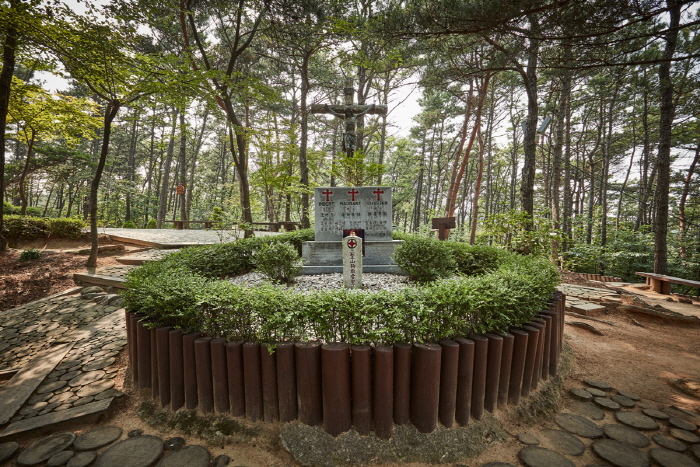
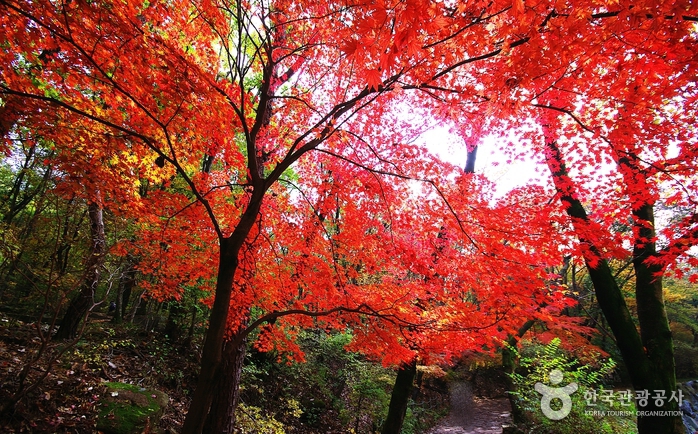

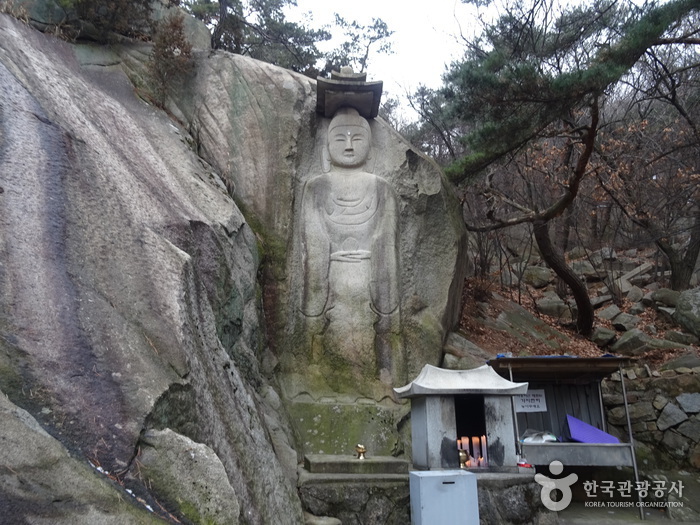
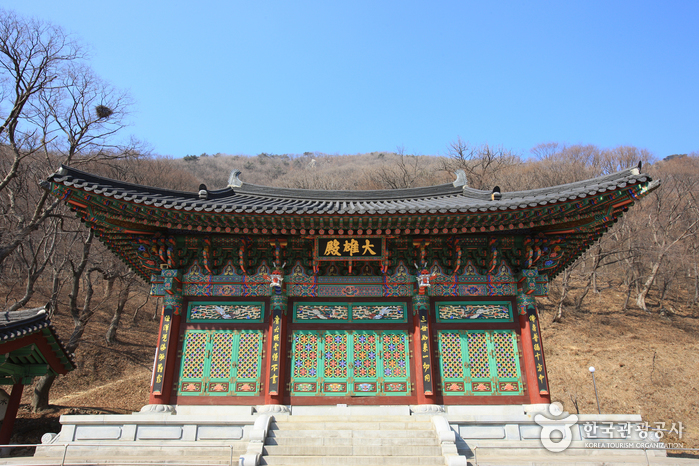

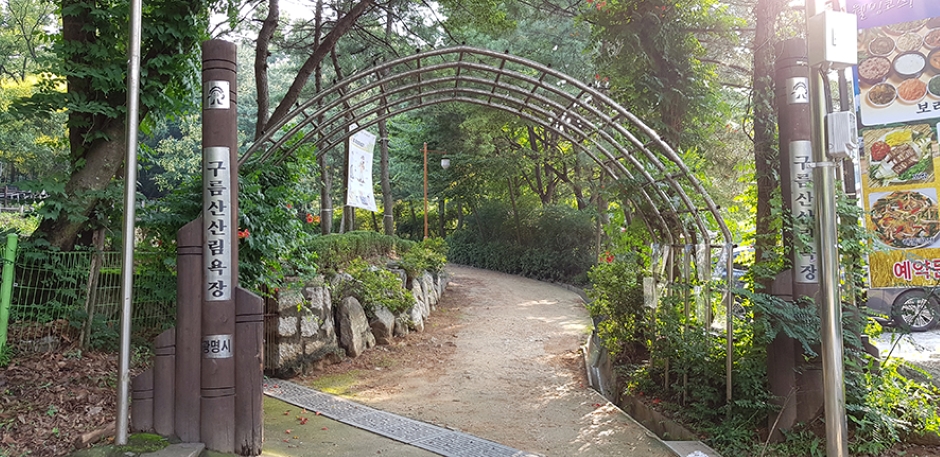
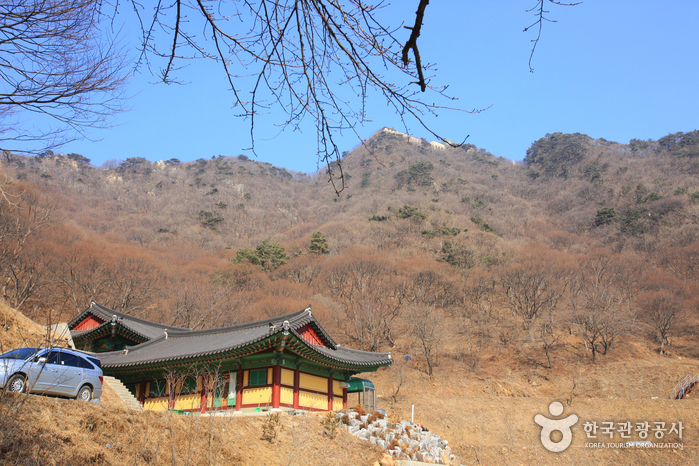
![Himart - Geumcheon Branch [Tax Refund Shop] (하이마트 금천점)](http://tong.visitkorea.or.kr/cms/resource/60/2889960_image2_1.jpg)
 English
English
 한국어
한국어 日本語
日本語 中文(简体)
中文(简体) Deutsch
Deutsch Français
Français Español
Español Русский
Русский